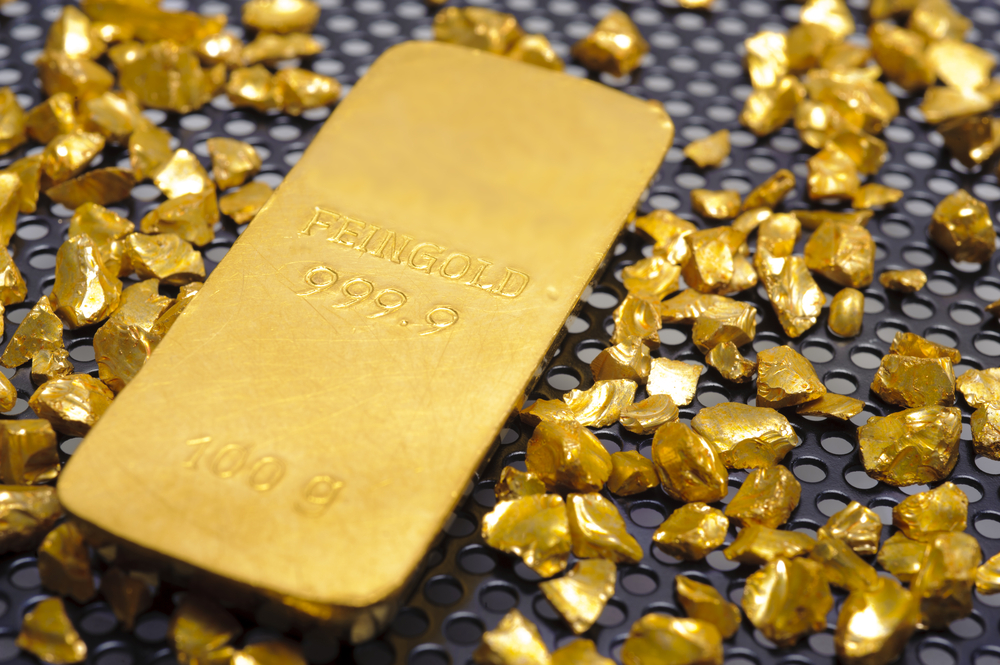
One of the founding members of Organisation for Economic Co-operation and Development (OECD) international economic organisation and the Group of Twenty Finance Ministers and Central Bank Governors (G-20), Turkey possesses the world’s 15th largest gross domestic product by purchasing power parity. Defined as an emerging market economy by the International Monetary Fund (IMF), it is one of the planet’s newly industrialised countries.
DOWNLOAD
 Proccea-Euro-Mining-Sep13-Bro-s.pdf
Proccea-Euro-Mining-Sep13-Bro-s.pdf










